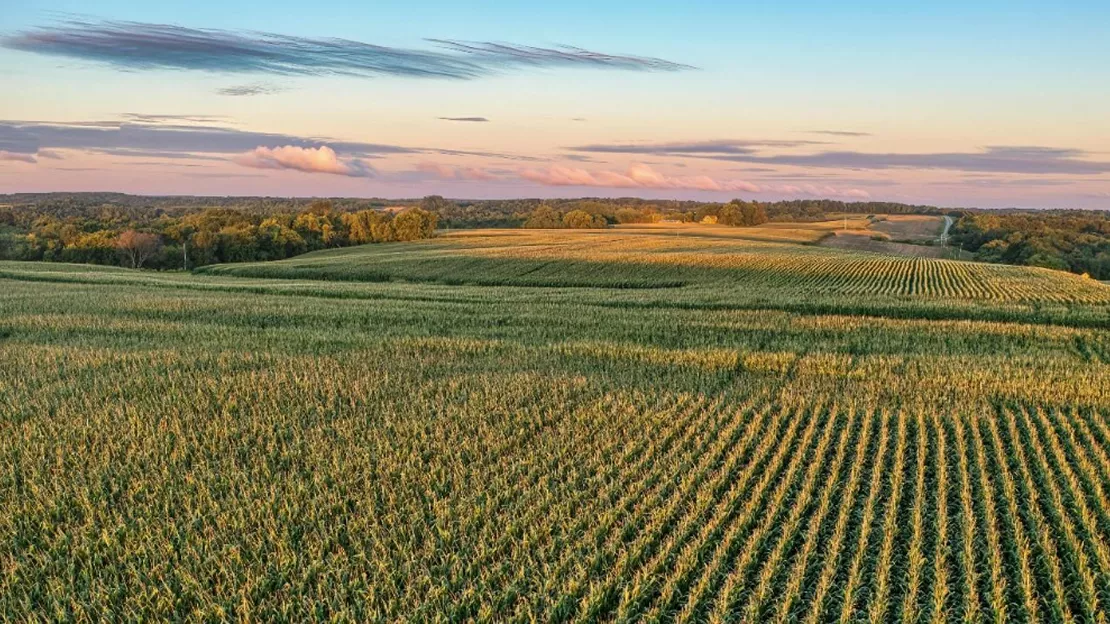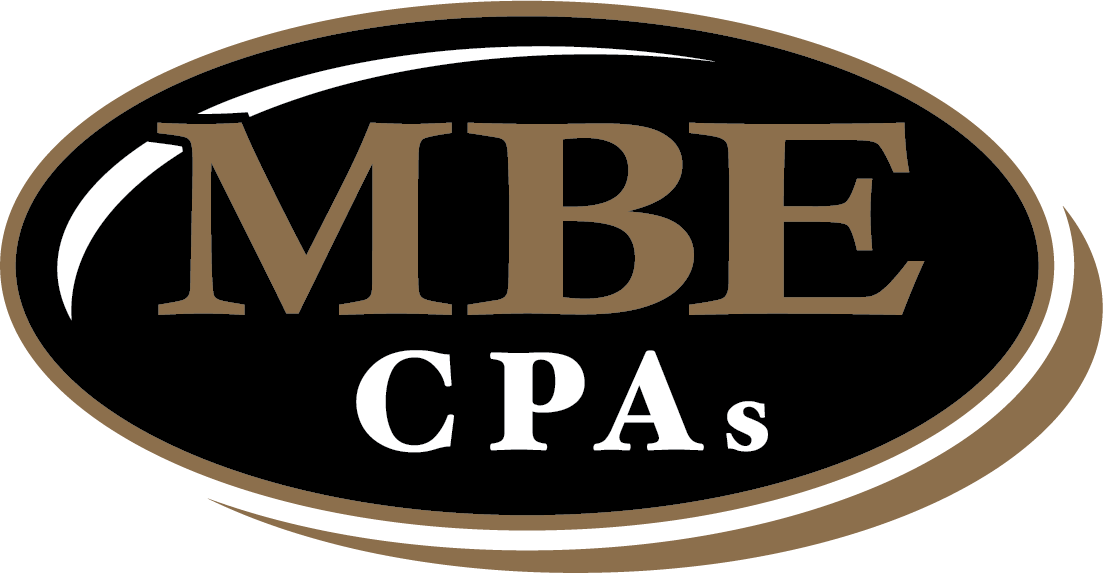Upgrade Your Tax Strategy with Rural Opportunity Zones

Authored by: Greg Patel — Partner, CPA | Date Published: November 11, 2025
The fundamental challenge for successful individuals with substantial capital gains is always the same. Finding a tax-advantaged path that maximizes return while minimizing liability. For too long, the complexity and high investment hurdles of the initial Opportunity Zone program have deterred many from realizing its potential. But now, that equation has fundamentally changed for investments targeting America’s rural heartland.
What if I told you there’s a way to defer those taxes, potentially reduce them significantly, and simultaneously invest in communities that desperately need capital? Better yet, what if the IRS just made it dramatically easier to do exactly that? On September 30, 2025, the Treasury Department and IRS released Notice 2025-50, and it’s a game-changer. But here’s the problem. Most investors and business owners have no idea this opportunity even exists or how it could impact their financial future.
For decades, rural communities across America have watched capital flow to urban centers while their Main Streets slowly fade. Family farms struggle. Historic downtown buildings sit empty. Young people leave for opportunities elsewhere. It’s an issue that affects real communities. The Qualified Opportunity Zone program was created in 2017 to reverse this trend, but it had significant barriers. Now, under the One Big Beautiful Bill Act, those barriers have been dramatically reduced for rural areas, and the timing couldn’t be better.
Featured Topics:
What Are the New Regulations on Rural Qualified Opportunity Zones?
Here’s what just changed, effective July 4, 2025:
The Old Rules: If you wanted to renovate an existing building in a Qualified Opportunity Zone and receive tax benefits, you had to invest 100% of the property’s adjusted basis in improvements. Buy a building for $1 million? You needed to invest another $1 million in improvements. That’s a $2 million commitment that puts most rural projects out of reach.
The New Rules: For properties located in rural Qualified Opportunity Zones, that threshold has been cut in half. Now you only need to invest 50% of the adjusted basis. That same $1 million building? You only need $500,000 in improvements. This fundamentally changes the economics of rural real estate development.
More importantly, the IRS has identified exactly which zones qualify. Of the 8,764 Qualified Opportunity Zones nationwide, roughly 38% are now classified as rural zones eligible for these enhanced benefits.
How long do I have to take advantage of this?
The entire Opportunity Zone map is currently being redrawn, with new zones taking effect January 1, 2027. State governors will begin nominating new census tracts on July 1, 2026. Investors who understand which areas are likely to be designated in 2027 can position themselves before the official redesignation, potentially acquiring properties at pre-designation prices.
The Census Bureau is releasing updated American Community Survey data in December 2025, which will provide critical information about which census tracts are likely to qualify under the new criteria.
Why Professional Guidance is Essential for Opportunity Zone Success
Most investors make the mistake of viewing Opportunity Zones as purely a real estate play, when in reality, OZ investments are as much an accounting and tax planning challenge as they are an investment decision.
Here’s why you need professional guidance:
- Qualification Requirements: A rural area is defined as any census tract outside a city or town with a population greater than 50,000 and not in an urbanized area adjacent to such a city. Determining whether a specific property qualifies requires careful analysis of Census data and IRS guidance.
- Timing: The substantial improvement test must be met within a 30-month testing period. Miss the deadline, and you lose the tax benefits entirely.
- Reporting Compliance: The One Big Beautiful Bill Act introduces enhanced IRS reporting obligations. Funds must now track and report metrics on job creation, environmental impact, community engagement, and more.
- Basis Tracking: With different basis step-up percentages depending on holding periods and rural vs. standard zones, meticulous record-keeping is essential.
- The 180-Day Rule: You have 180 days from the date you recognize a capital gain to invest it in a Qualified Opportunity Fund.
Why is Now the Best Time for Rural Opportunity Zone Investment?
Recent legislative and regulatory changes have significantly enhanced the Opportunity Zone program, making rural investments more attractive and structurally sound. Several factors make this moment unique:
- Enhanced rural benefits that tripled the basis step-up
- A reduced substantial improvement threshold that makes rural projects financially viable
- A permanent OZ program (the sunset provision was eliminated)
- Clear IRS guidance on which zones qualify
- An upcoming map redesignation that creates strategic positioning opportunities
- Increased reporting requirements that make professional guidance essential
Real investors are already repositioning capital to take advantage of these changes. Real rural communities are seeing renewed interest in downtown revitalization projects. And real tax savings are being captured by those who understand how to use the program correctly.
Next Steps
The new rural Qualified Opportunity Zone rules represent a rare alignment of tax policy, investment opportunity, and social impact. But capturing these benefits requires planning and proper execution.
Let’s have a conversation about your specific situation. We’ll review your capital gains position, evaluate whether OZ investments align with your goals, and create a concrete action plan. Contact MBE CPAs to discuss your specific tax strategy.
